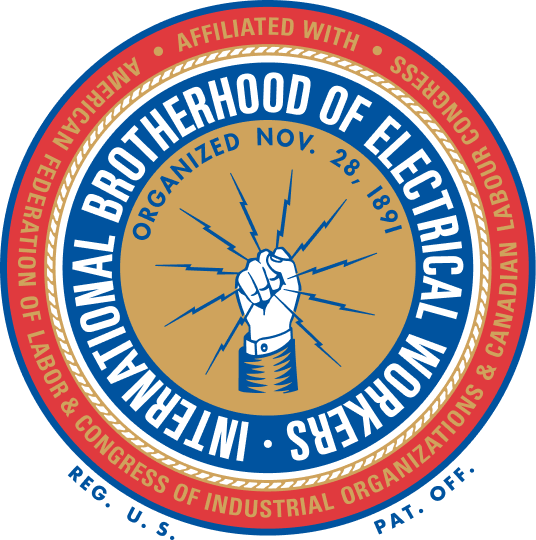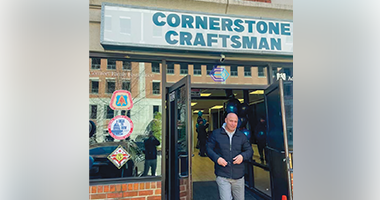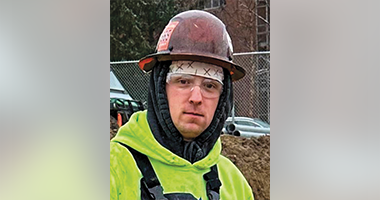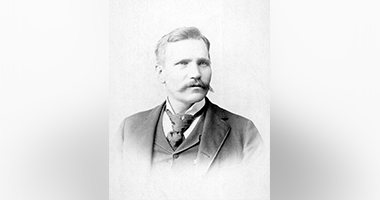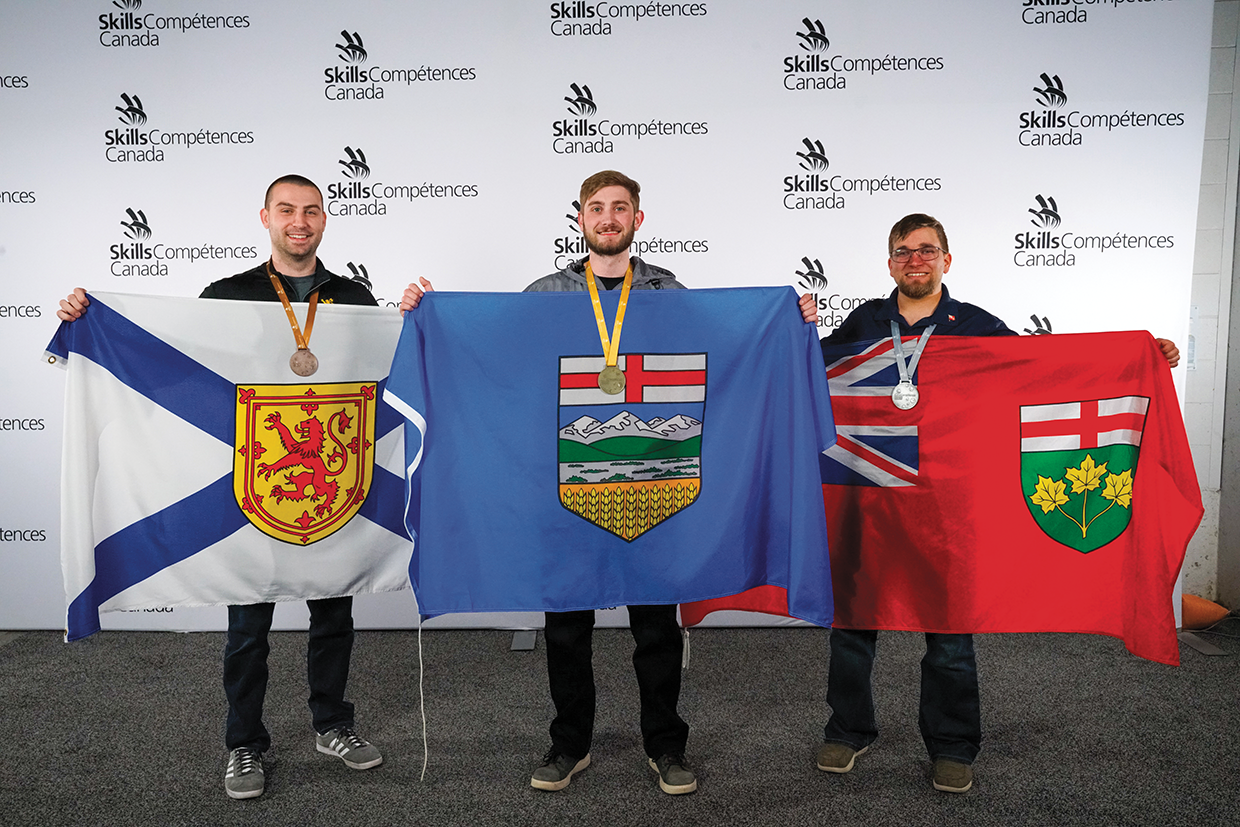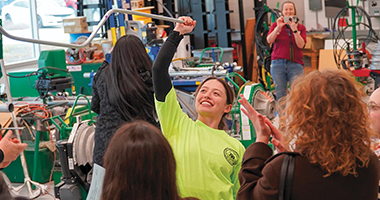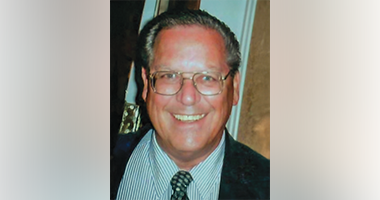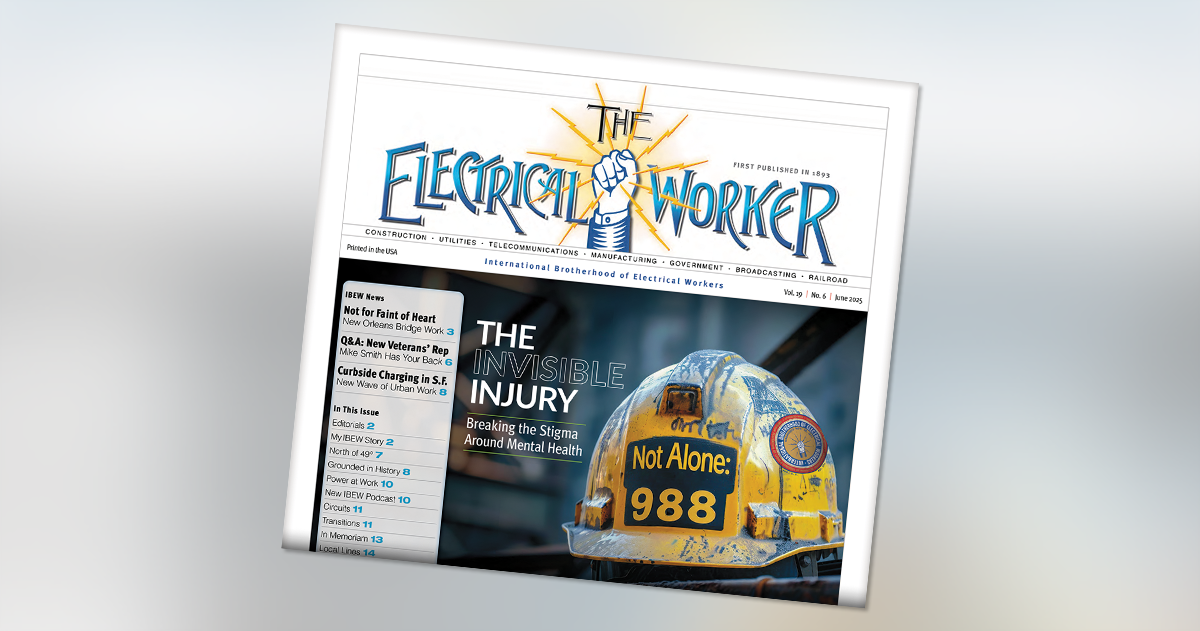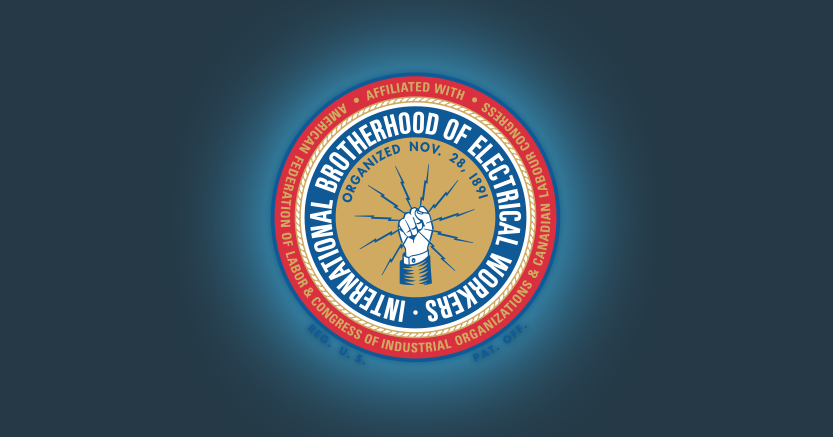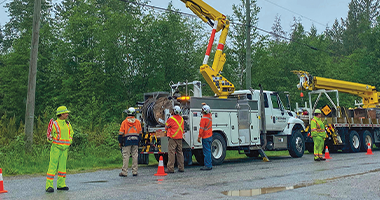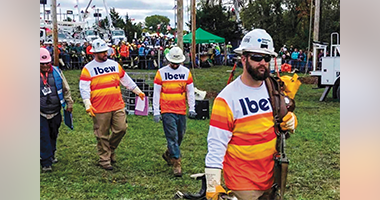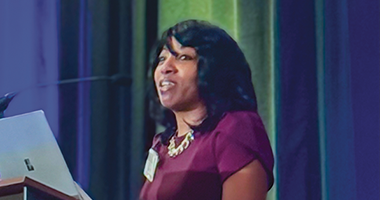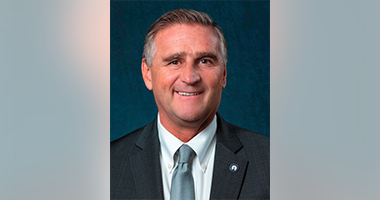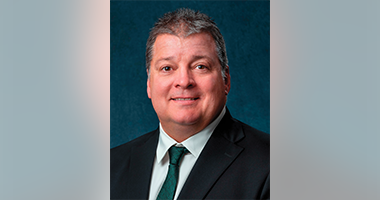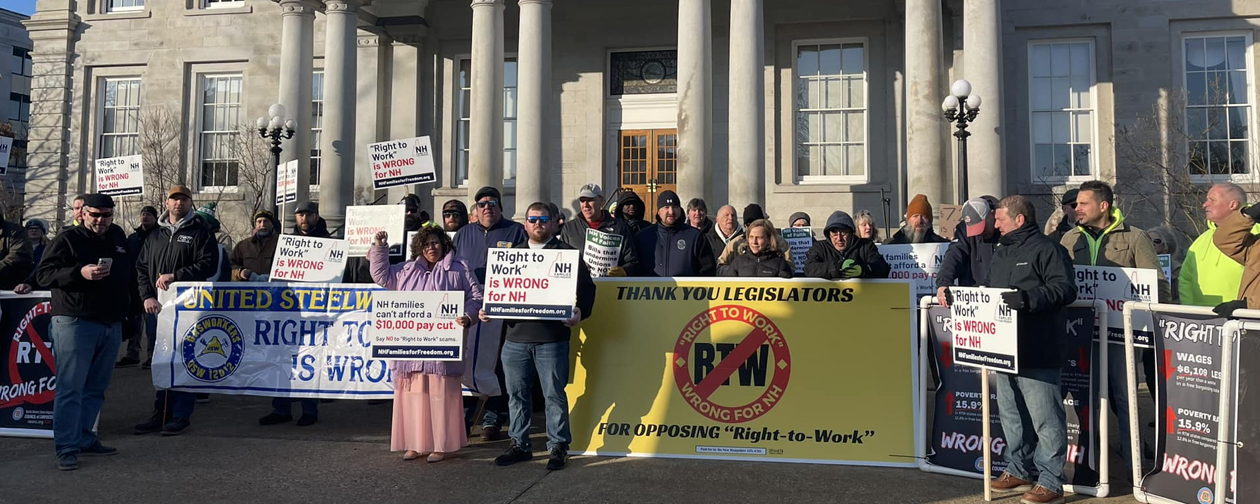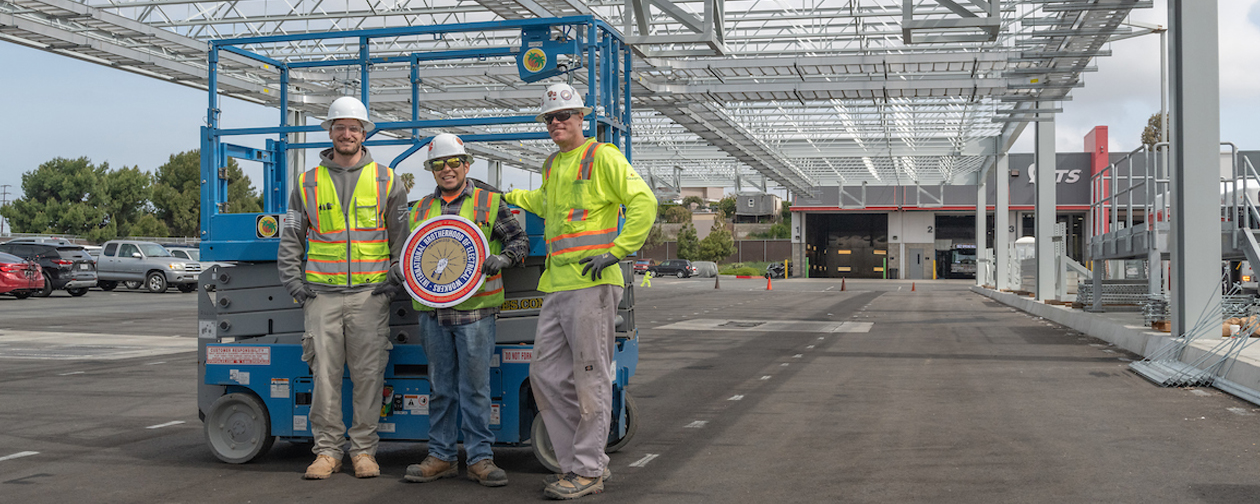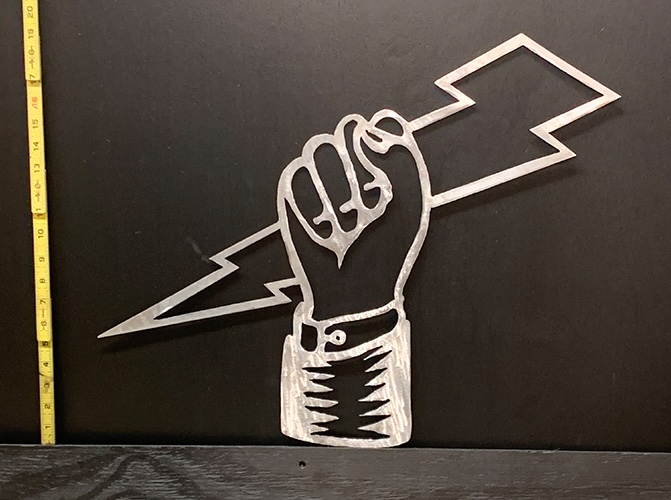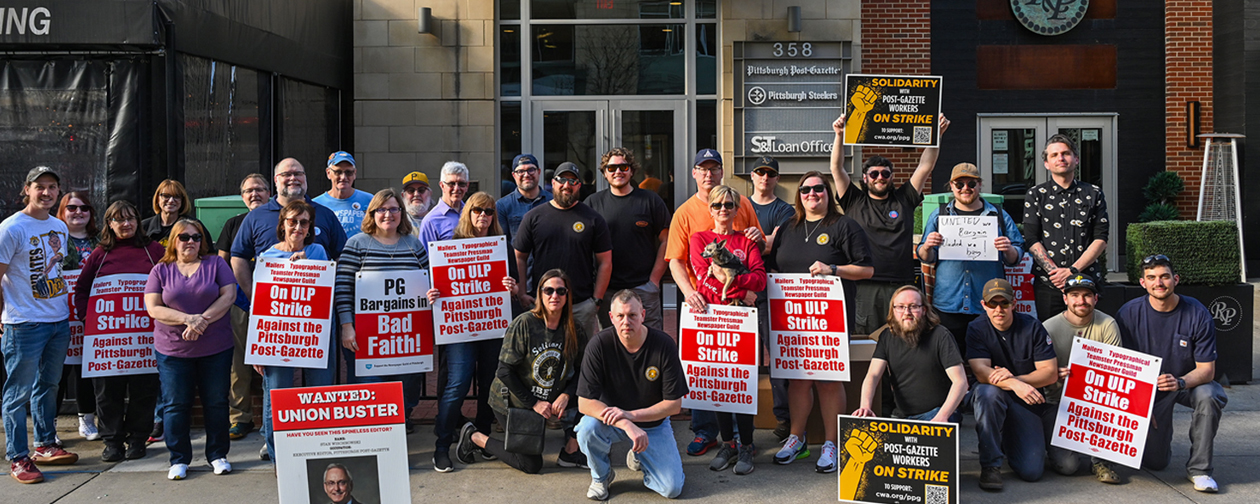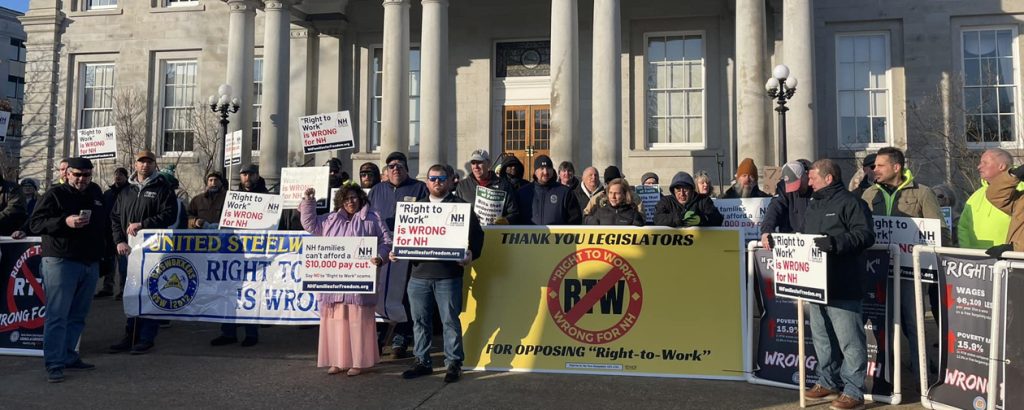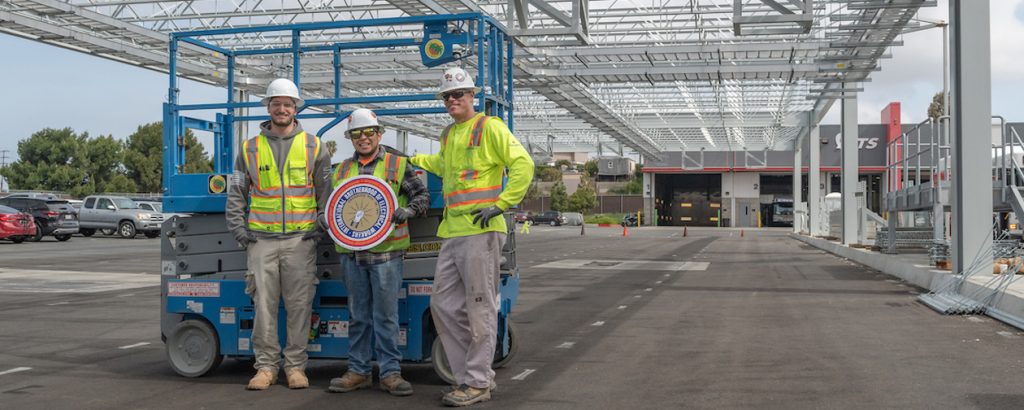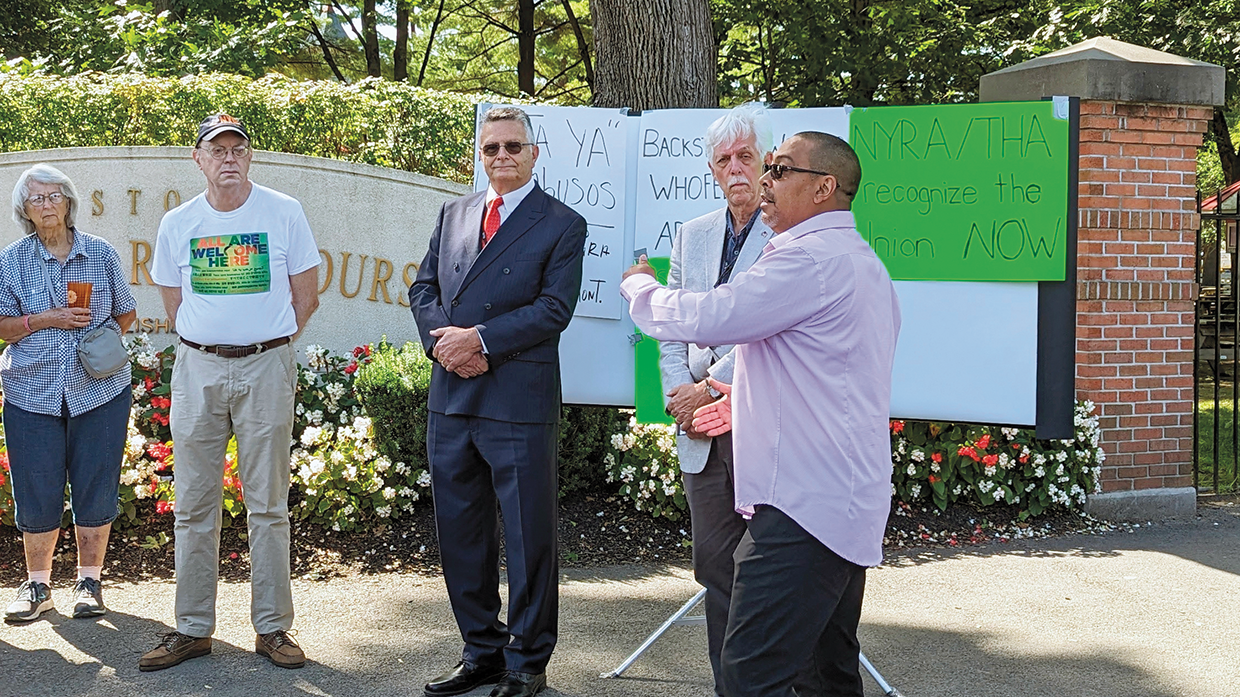
Hundreds of men and women care for the thoroughbred horses that run at New York’s Belmont Park and Saratoga racetracks. Organizers at New York Local 1430, whose members service those tracks’ communications systems, are trying to bring them into the IBEW.
“We always have seen the backstretch workers, and that has been our common thread, that they should be taken care of the way that they’re supposed to,” said Local 1430 organizer Gilberto “Tito” Mendoza.
Over the last two years, Mendoza and his team have been collecting cardcheck signatures from backstretch workers at both racetracks.
“We need to guarantee that these workers receive their rightful wages so they no longer have to rely on local food drives, have better living conditions without bedbugs and rats, receive healthcare services, and are treated with dignity and respect,” Mendoza told Albany’s WGRB-TV.
There are between 110 and 124 active stables at Belmont and Saratoga combined, depending on the time of year. Each employs up to 50 workers in several job classifications.
“Grooms are the ones that do, in my eyes, the hardest job,” Mendoza said. “They have to do everything: bedding, feeding, watching, cleaning, helping with shoes and medicine.”
There are also the walkers who escort horses and jockeys to the track, along with exercise riders and outriders.
“They’re like the security guards of the track,” Mendoza said of the outriders. “If a horse gets loose, they go chase it and stop it.”
Backstretch work is often dangerous, especially considering that a racehorse can weigh as much as 1,400 pounds. “These people constantly put their lives in jeopardy,” he said.
They’re the backbone of the racing industry, said Third District Lead Organizer Joe Mastrogiovanni.
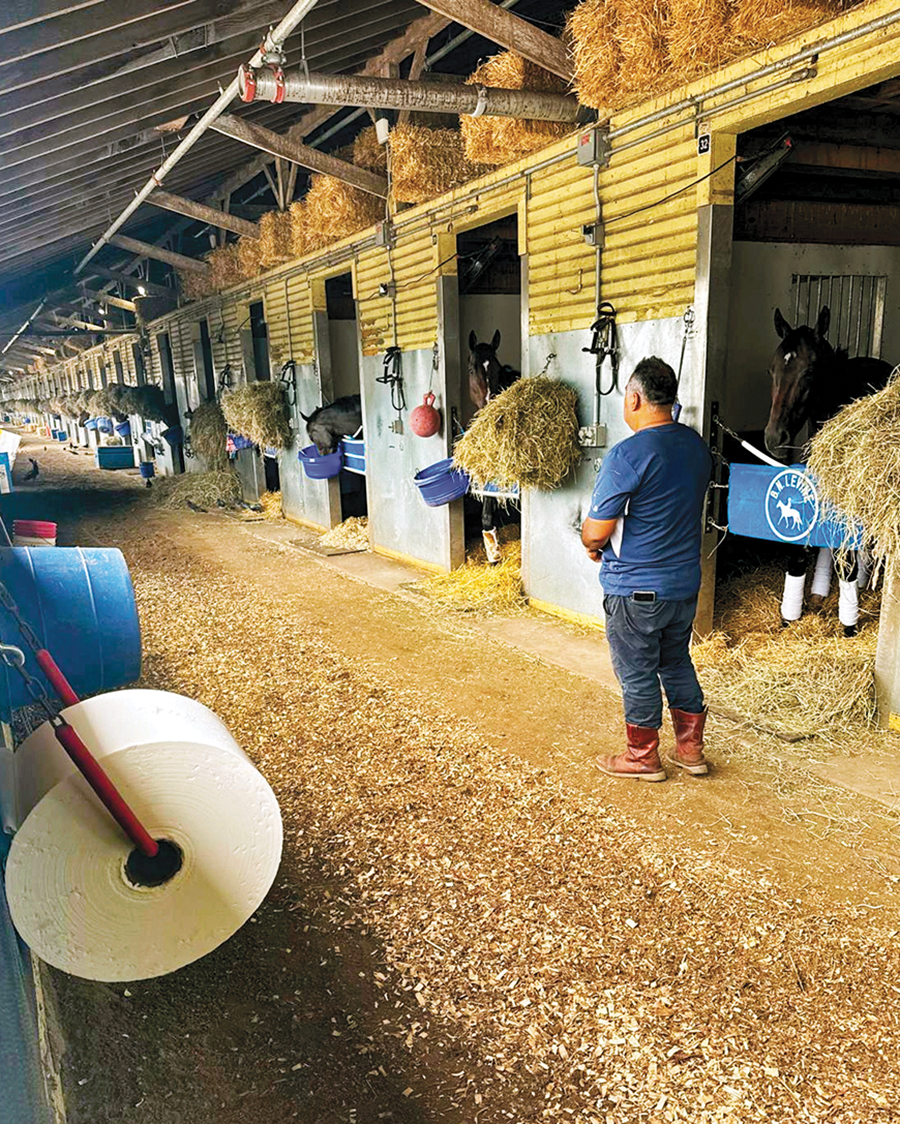
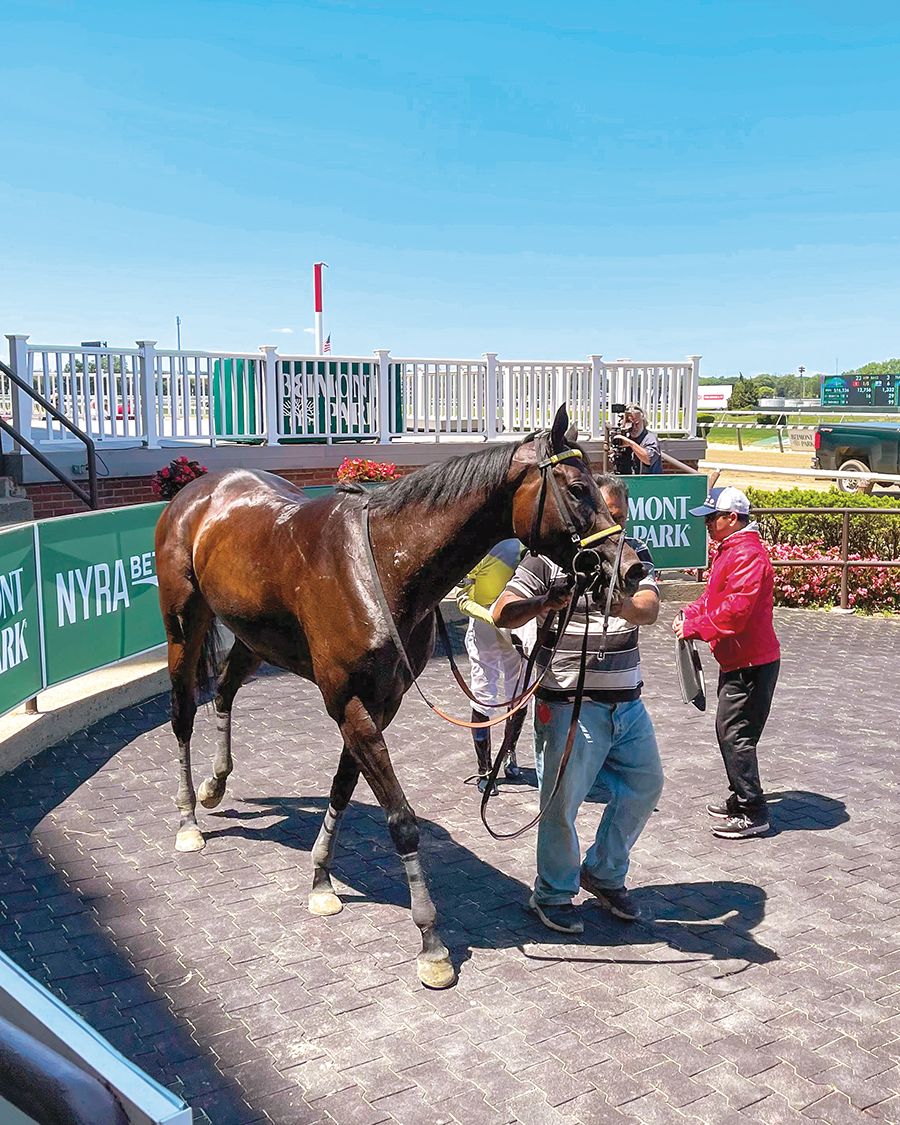
“They work tirelessly behind the scenes under difficult conditions and in harm’s way,” he said. “People don’t realize how dangerous that position is, with the uncertainty of the horses and the amount of chemicals that they have to work with. It’s amazing.”
The union petitioning process for the workers is handled by the state’s Public Employment Relations Board. “That isn’t a bad thing, because under New York law, it means we can try to get them IBEW recognition with a majority of signatures instead of an election,” said Steve Rockafellow, a Third District international representative and membership development coordinator.
Local 1430 has been filing petitions with PERB a few at a time, rather than bombarding the agency’s staff with them, and then waits to hear whether PERB agrees that the majority threshold on each one has been reached.
“They don’t all make it through, though. It can be a slow process,” said Business Manager Jordan El-Hag. “We could put in 10 and maybe only five get back as certified, and the other five are delayed for various reasons.”
Questions about trainers’ business addresses can complicate the certification process. Another challenge is that it’s common for backstretch workers to move from track to track, trainer to trainer, and even state to state in search of work. Mendoza and his team sort out the issues and then prepare the petitions for resubmission.
“The first year was the learning curve, but now we know how to play the game,” said Mendoza, who acknowledged that previous organizing efforts by another local have helped shape some of Local 1430’s strategies.
“Tito is a hard-working go-getter and organizer,” Rockafellow said. “He really communicates with these potential new IBEW members to get them on board.”
Mastrogiovanni added that the local’s dedication to the backstretch workers has been “off the charts.”
“It’s essential that their work, their loyalty and their commitment be recognized and protected through strong union representation,” he said. “The Local 1430 guys work tirelessly to ensure their well-being.”
Mendoza thanked Mastrogiovanni, Rockafellow and Third District International Representative Gil Heim for their support, along with his Local 1430 team members Leah Graygor and Wester Febres.
“Wester and I are the ones at the racetracks day after day, going back and forth with information, and meeting people,” he said. “Leah is the brains, getting everything ready and making sure the information is ready for submission.”
As this paper was being prepared, PERB had certified 37 petitions from stables at both racetracks, covering almost 500 backstretch workers, and more were in the queue for the agency’s consideration.
“We’re still getting signatures in every day or so,” said El-Hag. “Sometimes we get whole sheets. Sometimes we get two or three. It’s like a roller coaster.”
At the same time, Local 1430’s leaders have been strategizing approaches for first-contract negotiations, and they have been setting their sights on organizing hundreds more backstretch workers at other racetracks.
“We want to be in a good spot in Belmont and Saratoga and have a template ready, before we go to Aqueduct — or out of state,” Mendoza said.
